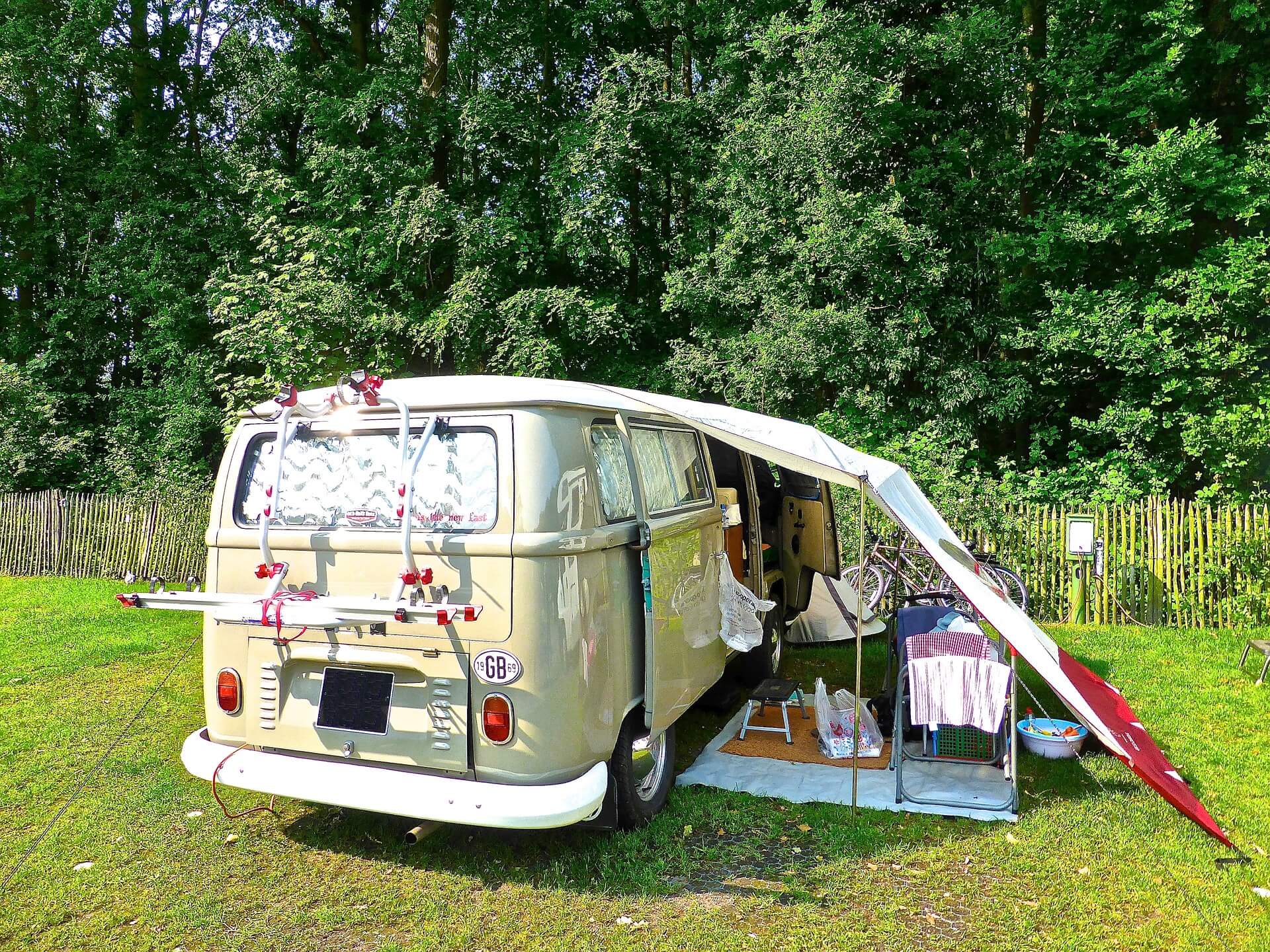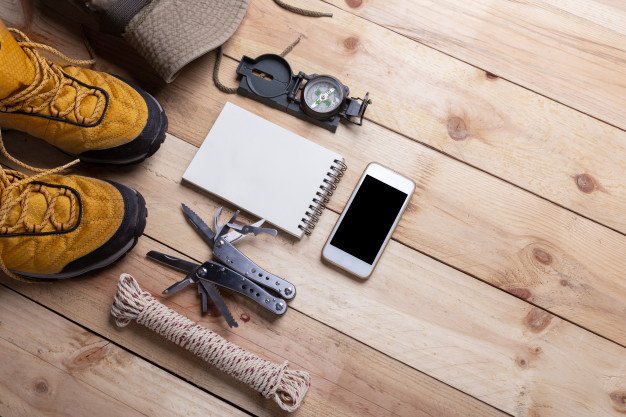Outdoor events are trending these days. More and more people want to enjoy a great event occasionally in their city. Especially, the youth love to explore and communicate with the diverse public at such events. If you are thinking of planning an event or want to make a career as an event organizer, opportunities are immense. You can establish a wide network and relationships with diverse personalities right from government officials, businessmen, and executives to new talent, and amazing peers. It’s all about gathering great experiences and lifetime memories by being an expert at organizing events. If you are looking for a chance to organize outdoor events in Ahmedabad, make sure you know following vital tips for planning an amazing show for the guests.
1. Maintain Strong People Skills:
Along with the right attitude and team support, it is important to have a command over your communication skills for the success of an event. One who knows how to deal with a variety of people is ahead than other event organizers. You must know the right way to talk to people from executive level to attendees, negotiate things humbly, and resolve conflict in fractions of time.
2. What Do You Require For an Outdoor Event:
Understand what’s the objective of your event and whether it needs an outdoor location or not. For instance, you cannot have an outdoor field for an exhibition of household appliances. First, decide on how and where your event will take place and start creating a roadmap then.
3. Decide the Venue:
When sure about an outdoor event, all you need is to book a suitable venue. During this time, you should work from scratch starting with the site management, plan places for activities, and check the amenities you can offer there. Make sure you get the permission for performing an event over an area.
4. Make Sure You Work and Plan According to the Weather:
Weather is a thing you need to pay attention to when planning an outdoor event. Right from the first day of planning to the day of the event, ensure that you keep a check on the weather forecasts. Also, it is vital to have a backup plan in case of any unexpected condition like rain. Have a signed contract with the stakeholders on this subject. Be handy with a plan B and portable pavilion to manage things quickly.
5. Be Ready with All Equipment:
Equipment is a necessary part of organizing an event. As an organizer, you need to be quick and guarded with the tools on the spot. In such activities, you must be equipped with a proper sound system, lighting, generator, running wifi service etc. Besides, essential tools like extension cords, synch cords, duct tape must be available every time on set while preparing the final stage.
6. Make Your Guests Comfortable:
Since the event you are going to organize will be majorly targeted to people, it is important to lure them with amazing facilities. Not only you need to offer a stunning and flawless show but also aim to take care of the services provided to the attendees. Right from the seating arrangement, sanitation facilities, lighting, and fans to water and food supply, you will be the one who will manage stuff for guests as well as the staff. Make sure they remember you for maintaining not the world-class but basic and complete facilities at the events.
7. Enthusiasm Run in their Veins:
The biggest factor required for the job of an event organizer is the zeal to perform the extraordinary. In that case, you must know how to deal with people, resolve issues, and organize a sorted outdoor event. So keep your battery charged to unfold the amazing things at a fast pace.
Planning an outdoor event is a difficult, messy, and complex task. Especially, managing outdoor events in Ahmedabad can be more difficult when you have to deal with a huge energetic audience. But with these tips, you are going to do it like a pro. Besides, learning and a lifetime experience are a bonus. If you like challenges, plan an event and prove yourself. You are going to have a lot of fun though!
Read Also:






















